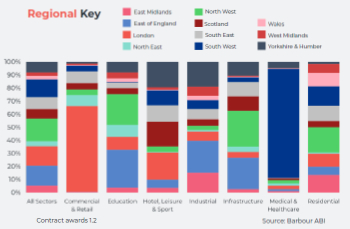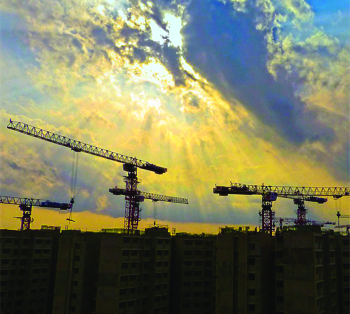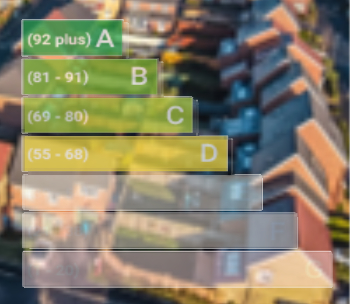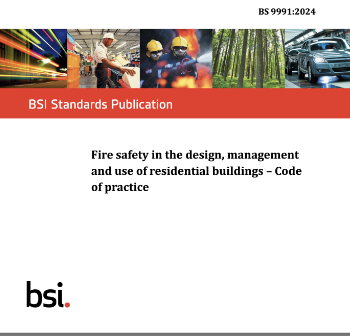Lateral loads
Lateral loads are live loads that are applied parallel to the ground; that is, they are horizontal forces acting on a structure. They are different to gravity loads for example which are vertical, downward forces.
The most common types are:
Wind load may not be a significant concern for small, massive, low-level buildings, but becomes more importance with height, the use of lighter materials and the use of shapes that may affect the flow of air, typically roof forms.
Significant seismic loads can be imposed on a structure during an earthquake. They are likely to be relatively instantaneous loads compared to wind loads. Buildings in areas of seismic activity need to be carefully designed to ensure they do not fail if an earthquake should occur.
Water pressure tends to exert a lateral load which increases linearly with depth and is proportional to the liquid density. Similarly, earth pressure (such as settlement) can be applied against below-ground structures such as basement walls, retaining walls, and so on.
Lateral loads such as wind load, water and earth pressure have the potential to become an uplift force (an upward pressure applied to a structure that has the potential to raise it relative to its surroundings). For more information, see Uplift force.
Structures should be designed carefully with likely lateral loads in mind. A structural element that is typically used to resist lateral loads is a shear wall. In simple terms, lateral forces could push over parallel structural panels of a building were it not for perpendicular shear walls keeping them upright. For more information see: Shear wall.
Similarly, bracing can be used to resist lateral loads. The beams and columns of a braced frame structure carry vertical loads, whilst the bracing carries the lateral loads. For more information, see Braced frame structure.
[edit] Related articles on Designing Buildings Wiki
- Bearing capacity.
- Bending moment.
- Biaxial bending.
- Braced frame.
- Dead loads.
- Floor loading.
- Force.
- Ground heave.
- Hurricane design considerations.
- Limit state design.
- Live loads.
- Loadbearing capacity.
- Moment.
- Point of contraflexure.
- Settlement of buildings.
- Shear force.
- Shear wall.
- Structural engineer.
- The design of temporary structures and wind adjacent to tall buildings.
- Torsion.
- Types of structural load.
- Uniformly Distributed Load.
- Uplift force.
- Vibrations.
- Wind load.
Featured articles and news
Great British Energy install solar on school and NHS sites
200 schools and 200 NHS sites to get solar systems, as first project of the newly formed government initiative.
600 million for 60,000 more skilled construction workers
Announced by Treasury ahead of the Spring Statement.
The restoration of the novelist’s birthplace in Eastwood.
Life Critical Fire Safety External Wall System LCFS EWS
Breaking down what is meant by this now often used term.
PAC report on the Remediation of Dangerous Cladding
Recommendations on workforce, transparency, support, insurance, funding, fraud and mismanagement.
New towns, expanded settlements and housing delivery
Modular inquiry asks if new towns and expanded settlements are an effective means of delivering housing.
Building Engineering Business Survey Q1 2025
Survey shows growth remains flat as skill shortages and volatile pricing persist.
Construction contract awards remain buoyant
Infrastructure up but residential struggles.
Home builders call for suspension of Building Safety Levy
HBF with over 100 home builders write to the Chancellor.
CIOB Apprentice of the Year 2024/2025
CIOB names James Monk a quantity surveyor from Cambridge as the winner.
Warm Homes Plan and existing energy bill support policies
Breaking down what existing policies are and what they do.
Treasury responds to sector submission on Warm Homes
Trade associations call on Government to make good on manifesto pledge for the upgrading of 5 million homes.
A tour through Robotic Installation Systems for Elevators, Innovation Labs, MetaCore and PORT tech.
A dynamic brand built for impact stitched into BSRIA’s building fabric.
BS 9991:2024 and the recently published CLC advisory note
Fire safety in the design, management and use of residential buildings. Code of practice.























